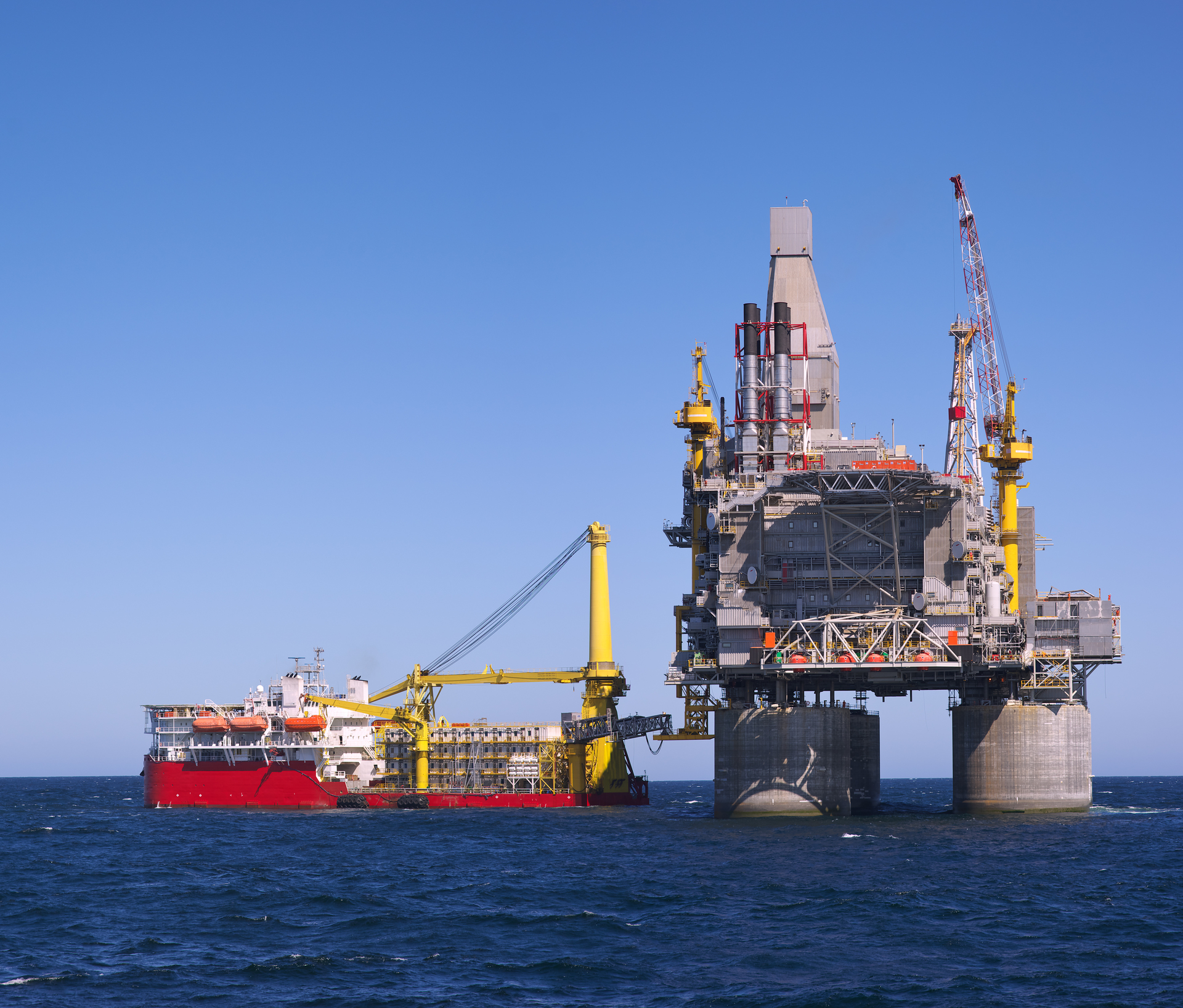The price of Russian Urals brand oil reached its highest level in more than seven years.
This was announced on Thursday, February 17, by the analytical agency Argus.
According to the company, the day before the cost of raw materials in the Mediterranean rose to $99.14 per barrel.
The last time a similar indicator could be observed in September 2014.
As experts explained, the Russian grade of oil has risen in price following the rise in world prices for hydrocarbons.
“Global quotes are rising amid high geopolitical tensions in the world, as well as due to fears of an insufficient supply of raw materials due to a rapid recovery in demand,” the agency noted.
In many ways, the aggravation of relations between the Russian Federation and the West affects the cost of oil, Igor Yushkov, a leading analyst at the National Energy Security Fund, believes.
According to him, against the backdrop of increasing geopolitical risks, the demand for Russian-made raw materials has grown significantly in recent years.
It should be noted that since 2021, information has been circulating in the Western media and certain political circles in the United States and Europe about an allegedly impending “attack” by Russia on Ukraine.
A number of states threatened Moscow with restrictive measures in the event of such a development of events, however, in Russia, at various levels, they repeatedly denied the existence of any aggressive plans against Kiev.
“Nevertheless, in the current situation, market players are starting to panic.
The mere threat of new sanctions against Russia is forcing consumers to buy our raw materials for future use, which leads to higher prices,” Yushkov explained.
In addition, according to the specialist, the observed increase in quotations may be due to the peculiarities of the composition of Russian oil.
Thus, raw materials of the Urals brand are characterized by a high sulfur content, while, for example, the reference Brent or American WTI are considered lighter grades.
“Urals is popular in Europe, as many local oil refineries are sharpened for it.
Our oil is also in demand in the USA.
Back in 2019, Washington banned its companies from buying Venezuelan raw materials, which are very similar in characteristics to Russian ones.
As a result, American enterprises switched to Urals, and now the United States is one of the key buyers of oil from Russia,” Yushkov added.
scarce period
At the same time, the main reason for the rise in the cost of raw materials in the world is still the growing deficit in the global hydrocarbon market.
Vladimir Bragin, director for the analysis of financial markets and macroeconomics of Alfa Capital Management Company, told RT about this.
“In recent years, we have seen a low volume of investment in exploration and drilling, including due to the strengthening of the green agenda.
Meanwhile, oil consumption is still far from its peak,” Bragin emphasized.
Against the background of the recovery of the global economy from the consequences of the pandemic, fuel consumption is growing steadily in most countries.
Thus, according to the OPEC forecast, in 2022 global demand for oil may even exceed the pre-crisis 2019 levels and amount to 100.8 million barrels per day.
Gettyimages.ru
© Vladimirovic
In the current environment, large oil exporting countries are trying to increase hydrocarbon production.
So, in early February, the participants in the OPEC + deal agreed to increase the production of raw materials from March by an additional 400 thousand barrels per day.
However, these volumes are still not enough to cover the global shortage of raw materials, says Alexander Potavin, an analyst at FG Finam.
“OPEC+ oil production is growing slower than expected.
According to the latest estimates, in January the alliance was producing 900 thousand barrels of oil per day less than the target level.
At the same time, in December, the backlog from the plan was only 790 thousand barrels per day, ”Potavin said in a comment to RT.
Recall that the OPEC + agreement includes 23 oil-producing countries, including Russia.
As part of the deal, the states jointly control the production of raw materials to achieve a balance between supply and demand in the global hydrocarbon market.
Such a policy should keep oil prices from sharp collapses.
Bonus for the budget
Analysts polled by RT highly appreciate the likelihood of further growth in oil prices above $100 per barrel.
This state of affairs will make it possible to replenish the budget and reserves of Russia faster, experts say.
For 2022, the Russian budget includes a base oil price of $44.2 per barrel.
As part of the budget rule, if the cost of raw materials falls below this mark, the lost oil and gas revenues are compensated at the expense of the National Welfare Fund (NWF).
If prices on the market rise above this indicator, the excess profits, on the contrary, are sent to the National Welfare Fund.
According to the Russian Ministry of Finance, this year's budget revenues may be higher than planned.
As a result, according to Igor Yushkov, the authorities will be able to allocate more funds to combat the consequences of the pandemic and other state needs.
“We are talking, in particular, about government investments in the development of oil and gas infrastructure and the issuance of soft loans.
This helps the oil and gas industry to develop better.
The authorities also direct part of the oil money to social spending and support for the population, including the most vulnerable categories of citizens.
Therefore, high oil prices allow the authorities to make the necessary maneuvers in difficult periods, ”concluded Yushkov.

